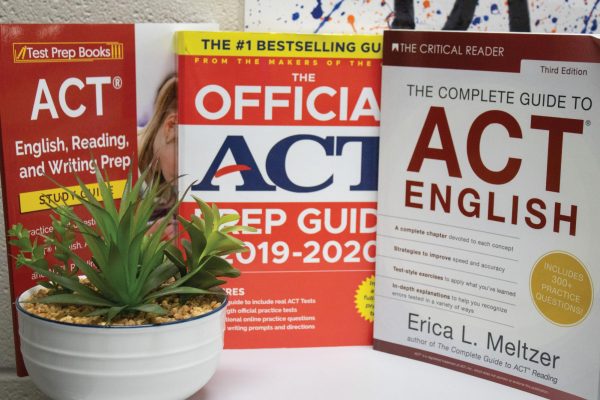The ESRB Expo
A look into one of the most significant rating boards around

November 1, 2017
The newest Zombie Slaughter video game is out, and your kid wants it badly. As a parent, what’s the most important aspect of the game you should pay attention to? Maybe it’s the outrageous cost that you feel should be lower, or possibly the questionable slang thrown around in an online game session. It’s actually neither of those. The most important aspect to pay attention to is the Entertainment Software Rating Board (ESRB) rating, which manifests in that little white box with a letter at the bottom left corner of the game case. That’s right; the ESRB has been an important facet of interactive entertainment for over 20 years now, and it’s one of the most significant factors to focus on when buying a game or installing an app.
Throughout much of the 1980s and 1990s, there were few age barriers for video games, so people of virtually all ages were able to purchase games without knowledge of the game’s content. Games like Super Mario Bros. were better suited for younger demographics, while other, more controversial games like Custer’s Revenge were deemed too offensive for them. Without effective ratings, video game companies like Nintendo, Sega, and Electronic Arts faced the possibility of strict federal regulations. Working together, the companies decided to create the ESRB. The new organization was launched in September of 1994 after an earlier July announcement to the United States Congress proved successful. Thus, the system was born, with almost all new game releases receiving an age rating based on the contents within. The same goes for apps, with similar risks of regulations threatening the output and income of cell phone apps. The ESRB has since become the standard rating system for most interactive entertainment throughout Canada, North America, and Mexico.
The ESRB currently has six different levels a game may be rated as, based on how publicly acceptable the content is. Similarly to the MPAA (that rates the content of a movie), the ESRB is widely accepted and many parents rely on the ratings for keeping their children protected from unsuitable content.
- Early Childhood: The youngest demographic for interactive entertainment is children. Games and apps with these ratings have little to no violence or implications in their themes and are generally educational experiences. This especially applies to apps, as thousands present educational structures.
- Everyone: The most common rating (according to a 2016 category breakdown by ESRB), this applies to games and apps with depictions, messages, and content that every age demographic can handle. Violence, if present, is often cartoonish, and rarely is there ever blood, language, or suggestive themes and humor.
- Everyone 10+: As the name suggests, this rating is for games and apps with more of the content listed above, and not considered suitable for people under the age of ten. The most common in E10+ games is violence, with mild blood and pain often being depicted.
- Teen: Games and apps with mild language, depictions of blood and violence, suggestive and sometimes flat-out sexual humor usually fall into this rating category. Alcohol and tobacco are often referenced or used, but rarely is there ever drug depiction.
- Mature: Mature games and apps vary widely in what they depict. Simple things such as extreme violence to more severe things like strong sexual content fall into this category. Drugs, gore, and strong language often appear in mature apps and games.
- Adults Only: This is the rarest ESRB rating to date, with few retailers and companies even allowing games with this rating to appear on their shelves. The contents that fall into this rating are usually depictions of sex at a pornographic level, with few to no limitations and censorship.
With all of these ratings, one may still be wondering: Why is this the most important factor to pay attention to when buying a game or downloading an app? As previously discussed, age demographics are a real thing to pay attention to, and the ESRB has helped to distinguish between each one. But all around the world, kids are playing mature-rated games such as Call of Duty, and many argue that it has no negative effect on them, regardless of the big M shown on the game case. However, it’s not so much the letter that should be examined. It’s the content description. What kind of violence is depicted? Is there any provocative content, and if so, how much? What references are made, and at what capacity? Taking the time to examine these descriptions will ensure that you’re getting your kid the right game at the right age.
Content descriptions can be found on the back of the game case, along with the letter on both front and back. Always remember to pay attention to that rating; it’s the most important factor when buying or installing a game or app.




